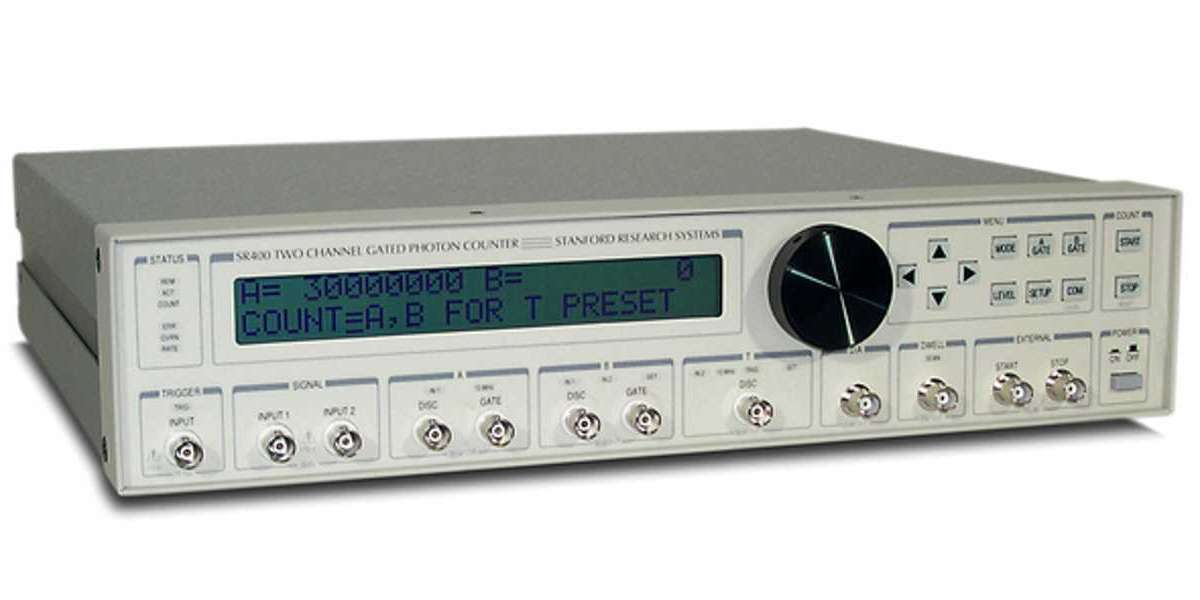This guest post explores the significance of antibody developability assessment and how it impacts the efficiency and success of therapeutic antibody development.
Understanding Antibody Developability Assessment
Antibody developability assessment is a comprehensive evaluation process that begins early in the drug discovery phase. It aims to identify and optimize candidate antibodies to ensure they are viable for further development and commercialization. This includes analyzing attributes such as expression levels, stability, solubility, aggregation potential, and immunogenicity. Each of these factors plays a vital role in determining whether an antibody can be effectively and safely used as a therapeutic.
Key Aspects of Developability Assessment
Expression and Manufacturability: The assessment starts with ensuring that antibodies can be produced at high yields in expression systems. High expression levels are crucial for commercial viability, as low yields can significantly increase production costs and complicate supply logistics.
Solubility and Stability: Antibodies must remain soluble and stable under physiological conditions to be effective as drugs. Assessments include stress tests that expose the antibody to various temperatures, pH levels, and other environmental factors to identify conditions that might cause degradation or denaturation.
Aggregation Potential: Antibody aggregation is a common issue that can reduce efficacy and increase the risk of adverse immune reactions. Developability assessment includes rigorous testing for aggregation tendencies and strategies to mitigate this risk through molecular engineering.
Immunogenicity: Perhaps one of the most critical aspects, immunogenicity testing involves predicting and minimizing the potential for antibodies to provoke unwanted immune responses in patients. This includes modifying certain regions of the antibody to make it more 'human-like' if derived from non-human sources.
Impact on Therapeutic Development
The thorough vetting provided by antibody developability assessment has several key benefits:
- Reduced Development Risks: Early identification of issues related to manufacturability, stability, and safety can significantly reduce the risk of late-stage failures, which are costly and delay market entry.
- Enhanced Drug Performance: Optimizing antibodies for better stability and lower aggregation enhances their therapeutic performance, ensuring that the final product is both effective and safe.
- Streamlined Regulatory Approval: Demonstrating thorough developability assessment helps in regulatory filings, as it provides evidence that the antibody is likely to be safe and effective for patients.
Technological Advancements
Recent advancements in bioinformatics, high-throughput screening, and predictive modeling have greatly enhanced the efficiency of developability assessments. For example, computational tools can now predict aggregation hotspots and immunogenic regions within an antibody sequence, allowing for targeted modifications that improve developability without compromising efficacy.
Conclusion
Antibody developability assessment is a critical step in the development of therapeutic antibodies, ensuring that only the most promising candidates proceed through the expensive and time-consuming phases of clinical trials. By addressing potential problems early in the development process, companies can save significant resources while enhancing the therapeutic potential of their products. As technologies advance, these assessments will continue to become more accurate and integral to the success of new antibody therapies.








